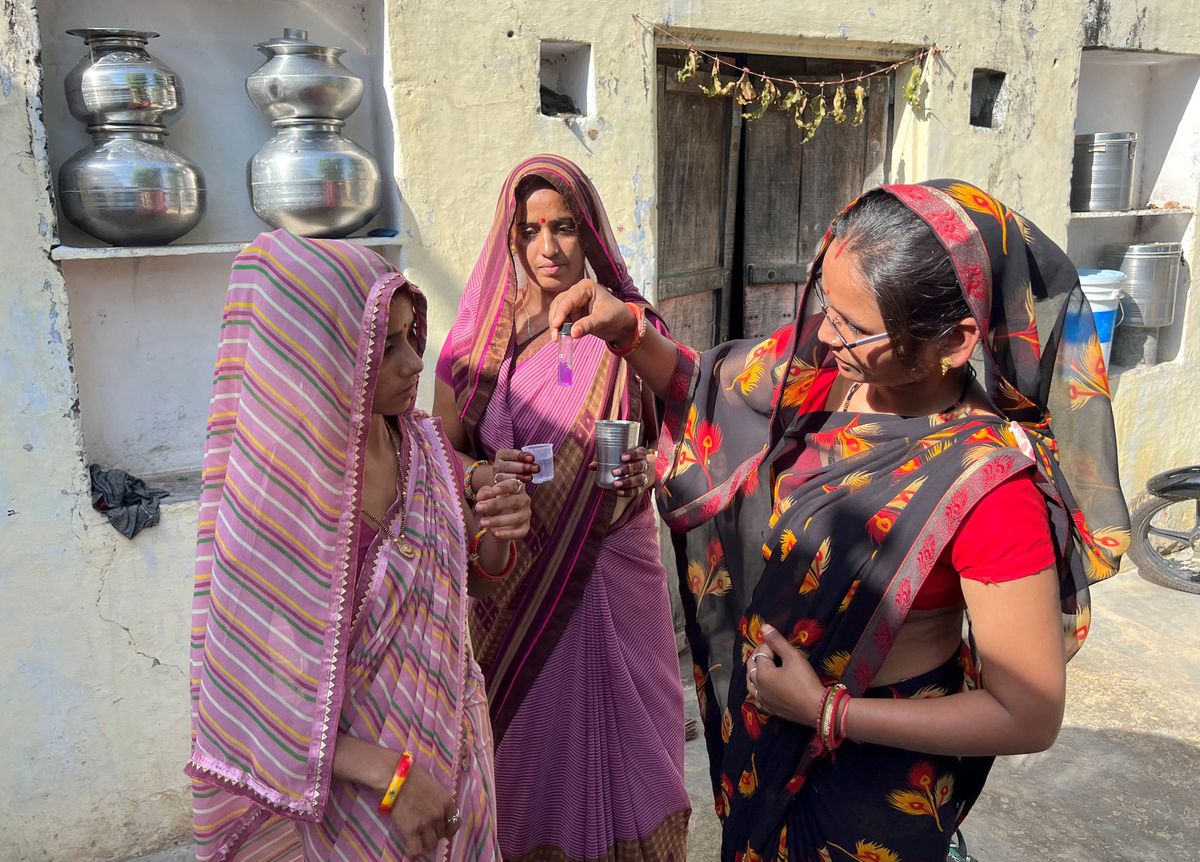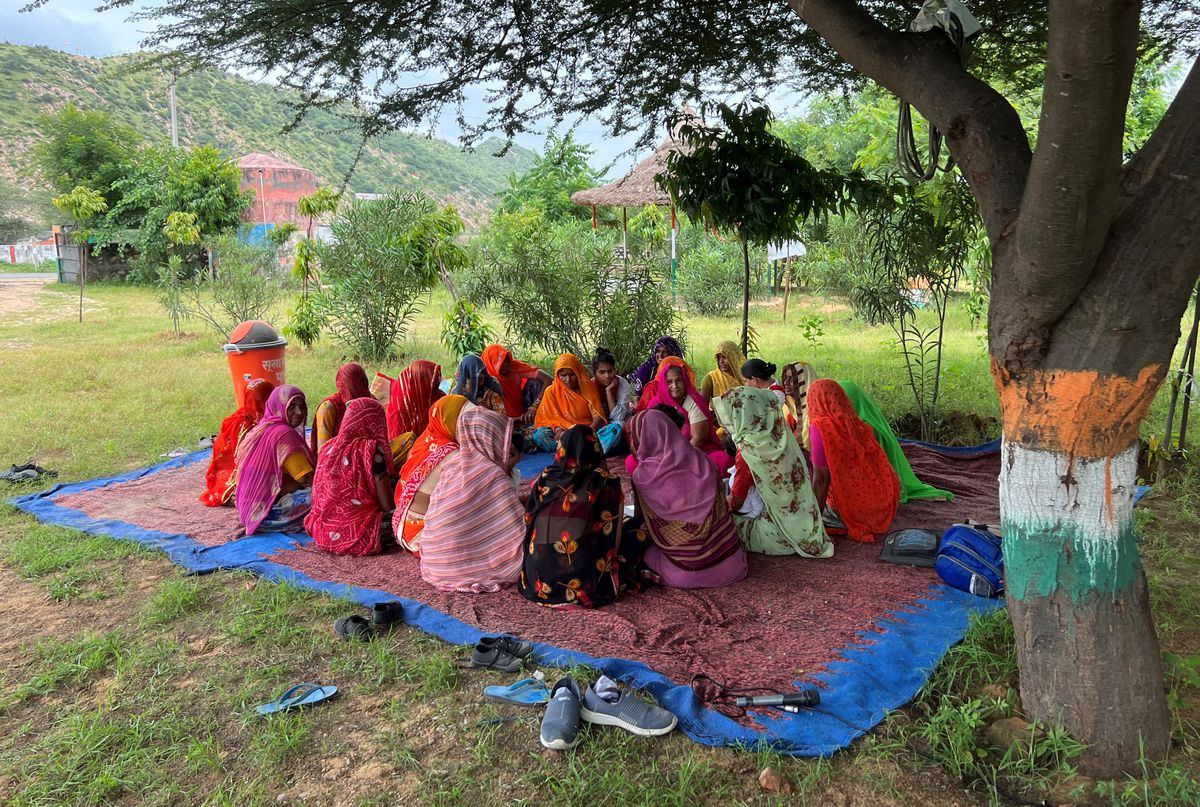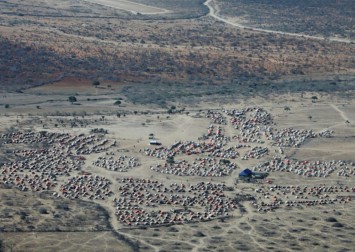Women in Indian village take fight for access to water into their own hands

MANDA BHOPAWAS, Rajasthan, India – For Suraj Prajapati, a mother of two who lives in the arid northern Indian state of Rajasthan, fighting for access to clean drinking water at her doorstep required extraordinary measures.
Tired of having to spend hours fetching water and desperate for a piped water connection to their rural homes, Prajapati and a band of more than 10 other women in her neighbourhood began a crusade in 2018.
At one point they even locked up one of the village leaders in his home until he agreed to speak to authorities about their demands.
Fortunately for the women, their demands coincided with Prime Minister Narendra Modi's thinking.
In Aug 2019 he announced a plan to connect all rural households with piped water by 2024, a major objective of his second term in office.
Under the Jal Jeevan Mission, as it is known, and in partnership with Unicef, the women finally had taps in their homes in 2020, and are among the many households being covered as the government races to meet its deadline.

PHOTO: Reuters
About 200,000 Indians die every year due to inadequate access to safe water, the National Institute for Transforming India (Niti) Aayog, a government think tank, said in a report in 2018.
"The men usually get ready and leave for their jobs and the major water-related problems are faced by women," Prajapati, wearing a colourful saree that covers her head, told Reuters in her village of Manda Bhopawas, 40km from the state capital of Jaipur.
Before the taps were fitted in their homes, the women often compromised on their own health, skipping baths on alternate days and walking in the searing heat to fetch water for their households.

PHOTO: Reuters
"So, all the women in the village came together and told the village council about the challenges we were facing and only then were our problems resolved," Prajapati, who is 36, said.
More than 52 per cent of India's 191 million households had access to tap water connections as of Aug 30, according to federal government data, up from a mere 16 per cent in Aug 2019, when Modi announced his plan to provide piped water to rural homes.

PHOTO: Reuters
Three of the country's 28 states have already connected all households with tap water, and another 15 have achieved more than half of their target.
Rajasthan, however, is a laggard, with only a quarter of its 10 million rural households connected, according to federal government data.
The dichotomy is visible in the neighbouring village of Karansar, one of many villages that has yet to get piped water and where women and young girls still spend hours carrying pots to and fro.
"If you count the time when she (a woman) has to wait at the water source, the multiple trips that she has to take, she can spend up to six hours a day just to collect water for her house," Marije Broekhuijsen, a sanitation and hygiene specialist at Unicef, told Reuters about the situation in Rajasthan.
Source: Reuters

No comments:
Post a Comment